To assist customers in troubleshooting numerous Windows 10 difficulties, Windows 10 includes the Advanced Startup Options also known as Advanced Boot Options Windows 10 functionality.

When you visit the Advanced Options Windows 10 menu, you may use the diagnostic and repair tools it provides to repair Windows 10 problems. To diagnose and repair Windows 10 issues, use tools such as Reset this Computer, Startup Repair, System Restore, System Image Recovery, and Command Prompt. If your machine is having trouble starting, you may also click Startup Settings from Windows 10 Advanced settings to start Windows 10 in Safe Mode.
There are numerous ways to gain access to Advanced Options in Windows 10. This article will introduce you to nine methods. Some methods allow you to directly access the Windows 10 boot options menu when your PC can start, while others allow you to access Advanced Startup Options Windows 10 when your PC/laptop won’t power on.
Recommended Post:- Proxy Server Keeps Turning on in Windows 10: Disable it now
What is Windows OS and its Advantages?
Microsoft Windows is an operating system created by Microsoft Collaboration. It is one of the world’s most well-known operating systems. It makes use of a graphical user interface (GUI). Users can save data, watch videos, run apps, play games, and connect to the Internet with it. Microsoft Windows 1.0, which was introduced on November 10, 1983, was the initial version. Microsoft Windows comes in a variety of flavors, such as Windows XP, Vista, Windows 95, Windows 7, 8, 10, 11, and 12.
Windows NT 3.1, the first business-oriented version of the Windows operating system, was introduced in 1993. Windows 3.5, 4/0, and Windows 2000 were the next versions released. When Windows XP was released in 2001, it created various versions for both the home and business markets. It was built using common x86 hardware, such as AMD and Intel processors. As a result, it could run on a variety of hardware, such as HP, Dell, Sony, and custom-built Computers.
Advantages of Windows Operating System
A Windows operating system has several advantages. The following are some of the benefits of the Windows operating system:
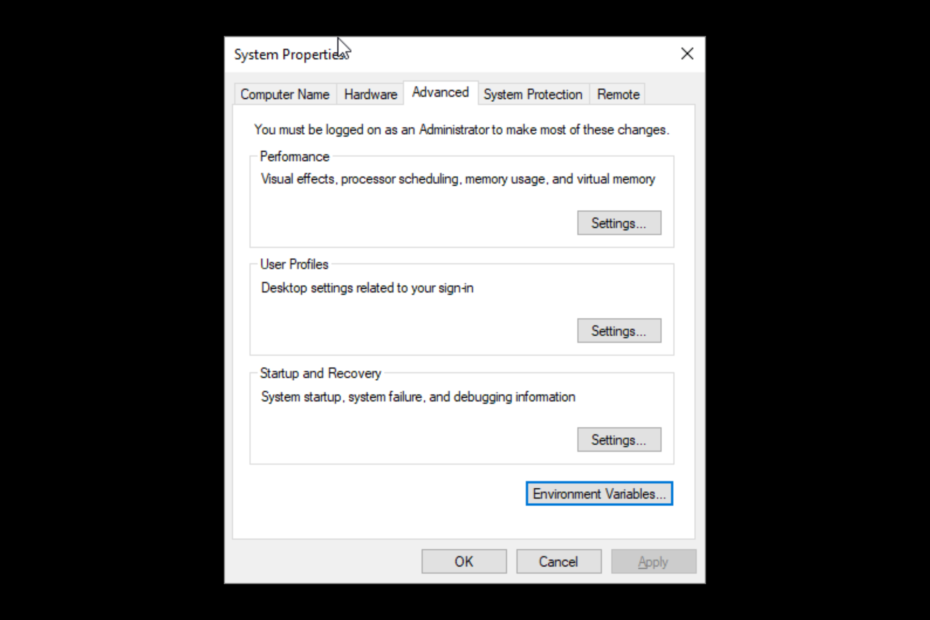
- For game and software creators, the Windows platform is great. Because Windows has a large user base, developers prefer to develop utilities, games, and programs on the Windows operating system.
- Because Windows OS is used by 95% of users, most hardware firms create drivers for it.
- Windows 10 is intended to work on both smartphones and desktop computers. The user interface in Windows 10 is designed to function with any type of Windows device.
- All Microsoft Windows versions have something in common that allows users to quickly move between them. Users of Windows 7 will have no difficulty switching to Windows 10 because most of the features of Windows 10 are the same as those of Windows 7.
- The plug-and-play feature can recognize most gadgets automatically. You do not need to install the hardware manually, but it is ready to use once connected, such as a webcam, keyboard, mouse, mobile device, and so on.
Employ Windows 10’s Advanced Options to Fix Windows 10 Problems
You may simply access the Advanced Options page in Windows 10 by using the 9 methods listed above. Then you can utilize the tools in it to troubleshoot and repair your Windows 10 PC. You can restore your Windows 10 PC to factory settings, execute a system restore to return to a previous healthy point, boot your computer into Safe Mode, use startup repair to resolve Windows 10 startup issues, boot to Command Prompt in Windows 10, and so on.
How can You access Windows 10’s Advanced system settings?
Let us now take a closer look at the numerous alternatives that will assist you in obtaining advanced system settings on Windows 10. These are their names:
Solution 1: Make use of the Control Panel
- Step 1: Click the Windows key, type Control Panel, and then press the Open button.
- Step 2: Choose Category from the drop-down menu under View by.
- Step 3: Next, go to System and Security.
- Step 4: Choose a System.
- Step 5: On the following page, click System.
- Step 6: On the left pane, select Advanced system settings.
- Step 7: Choose the Advanced tab in the System Properties box.
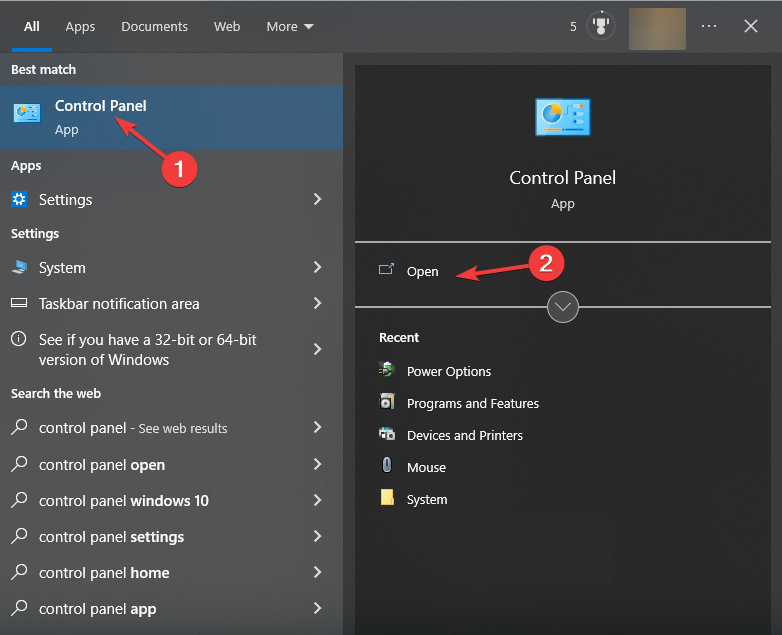
Solution 2: Make use of the search bar
- Step 1: Type See advanced system properties into the search bar. Choose the best match and press the Open button.
- Step 2: Choose the Advanced option.
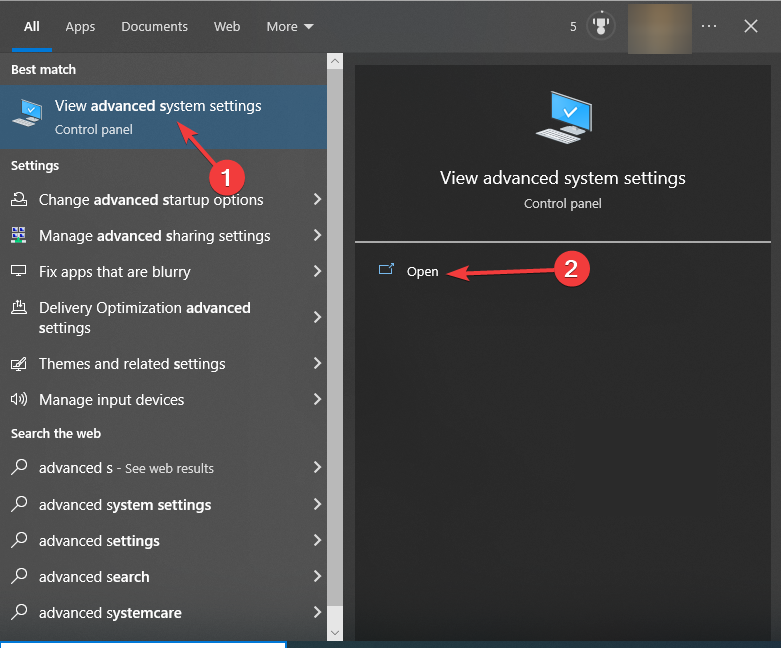
Solution 3: Make use of the Run console
- Step 1: Hit Windows+ R to launch the Run dialogue box.
- Step 2: To open System Properties, type sysdm.cpl and press Enter.
- Step 3: Once the System Properties window is open, select Advanced.
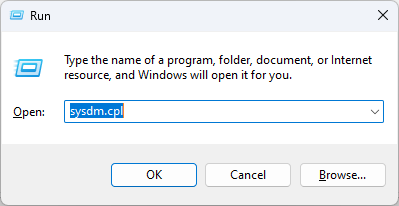
Solution 4: Make use of File Explorer
- Step 1: Open File Explorer by pressing Windows + E.
- Step 2: Right-click This Computer and then choose Properties.
- Step 3: Finally, select Advanced system settings.

Solution 5: Press the Start button
- Step 1: From the context menu, right-click on the Start button and select System.
- Step 2: On the left pane, select Advanced system settings.
Solution 6: Make use of the Settings app.
- Step 1: To open the Settings app, press Windows + I.
- Step 2: Choose System, then About.
- Step 3: Finally, select Advanced system settings.
Solution 7: Make use of Windows PowerShell.
- Step 1: Type PowerShell into the search field and click Run as administrator.
- Step 2: Paste the following command into the command line and click Enter: SystemPropertiesAdvanced
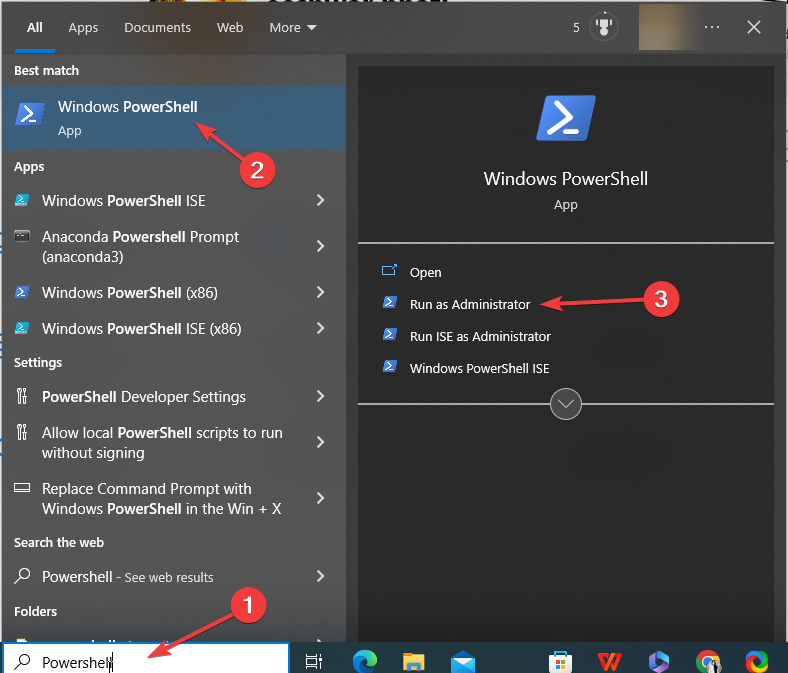
Solution 8: Make use of the Command Prompt
- Step 1: In the search field, type Command Prompt and press the Run as administrator button.
- Step 2: Run the following command to open Advanced system settings:
command sysdm.cpl.
Solution 9: Use the Recovery Drive/Disk to gain access to Windows 10 Advanced Settings.
- Step 1: If none of the previous methods works, you can build a Windows 10 repair/recovery CD or USB drive to boot your Windows 10 PC and enter Windows 10 recovery mode.
- Step 2: Put the Windows 10 recovery USB drive or DVD into your computer’s USB port and boot Windows 10 from the drive/disk.
- Step 3: Next, select a keyboard layout, and the Windows 10 Advanced Boot Options window will appear.
Solution 10: To access Advanced Settings, restart your Windows 10 System three times.
This method, together with the two methods listed below, allows you to access Advanced Startup Options Windows 10 when your computer is unable to boot.
To begin using your computer, press the Power button. When you see the Windows logo when the computer is booting, instantly hit the Power button again to shut it down. Repeat the power-on and power-off procedure three times. Your PC should boot into Windows Recovery Environment on the third restart (WinRE).
After selecting your account and entering your account password, you will see the Automatic Repair Window. Click the Advanced options icon to open the Windows 10 Advanced boot options Window.
Solution 11: With Command Prompt, you may access Windows 10 Boot Options.
On Windows 10, you may also use Command Prompt to access the Advanced Startup Settings.
- Step 1: On Windows Run, press the Windows + R keys on the keyboard and type cmd. To run Command Prompt as administrator, press Ctrl + Shift + Enter.
- Step 2: Then enter the following command line: shutdown.exe /r /o.
- Step 3: When you see You’re about to be signed out, click Close. In a few moments, your Windows 10 computer will reboot into Windows 10 recovery mode and display the Advanced Options panel.
Solution 12: Press F11 to gain access to Advanced Starting Settings. Windows ten
You may enter the Advanced Settings menu in Windows 10 by pressing the F11 key on the keyboard as soon as the computer turns on.
Solution 13: Use the Task Manager Power Menu to access Advanced Settings.
To open the Task Manager menu, press Ctrl + Alt + Delete on your keyboard at the same time. Then, on the keyboard, press and hold the Shift key before clicking the Restart button.
Solution 14: Use the Sign-in Screen to Access Advanced Settings in Windows 10.
If you are on the sign-in screen, hit the Power button in the lower-right corner. Hold down Shift and then click Restart. This will also bring up the Advanced Settings dialogue.
Solution 15: Use Shift + Restart to get Advanced Boot Settings in Windows 10.
Shift + Restart is another quick way to open the Advanced Options panel. You can also go to Start -> Power, hold down the Shift key on the keyboard, and then click the Restart button. On Windows 10, this will take you to the Advanced Startup Settings menu.
How do you use Advanced System Settings to Speed up Your PC?
- Step 1: Using one of the ways listed above, navigate to Advanced system settings.
- Step 2: With the Performance option, you can customize the visual effects, VRAM size, and processor scheduling.
- Step 3: With the Performance option, you can customize the visual effects, VRAM size, and processor scheduling.
- Step 4: Using the Start and Recovery option, you can configure what happens if your machine has a problem. You may also set up System Restore, manage disc space, and perform a system restore procedures.
- Step 5: The Environment Variables option allows you to view and update environment variables that programmes and operating systems use to store configuration data.
Thus, this is how you can access advanced system settings in Windows 10 to increase computer performance and adjust environment variables.
Conclusion
To fix Windows 10, reset the OS, access the BIOS, restore from a backup file, or boot into safe mode, go to the Advanced Startup Options menu. Depending on whether you can boot up or not, there are many ways to get to Advanced Starting Settings.







